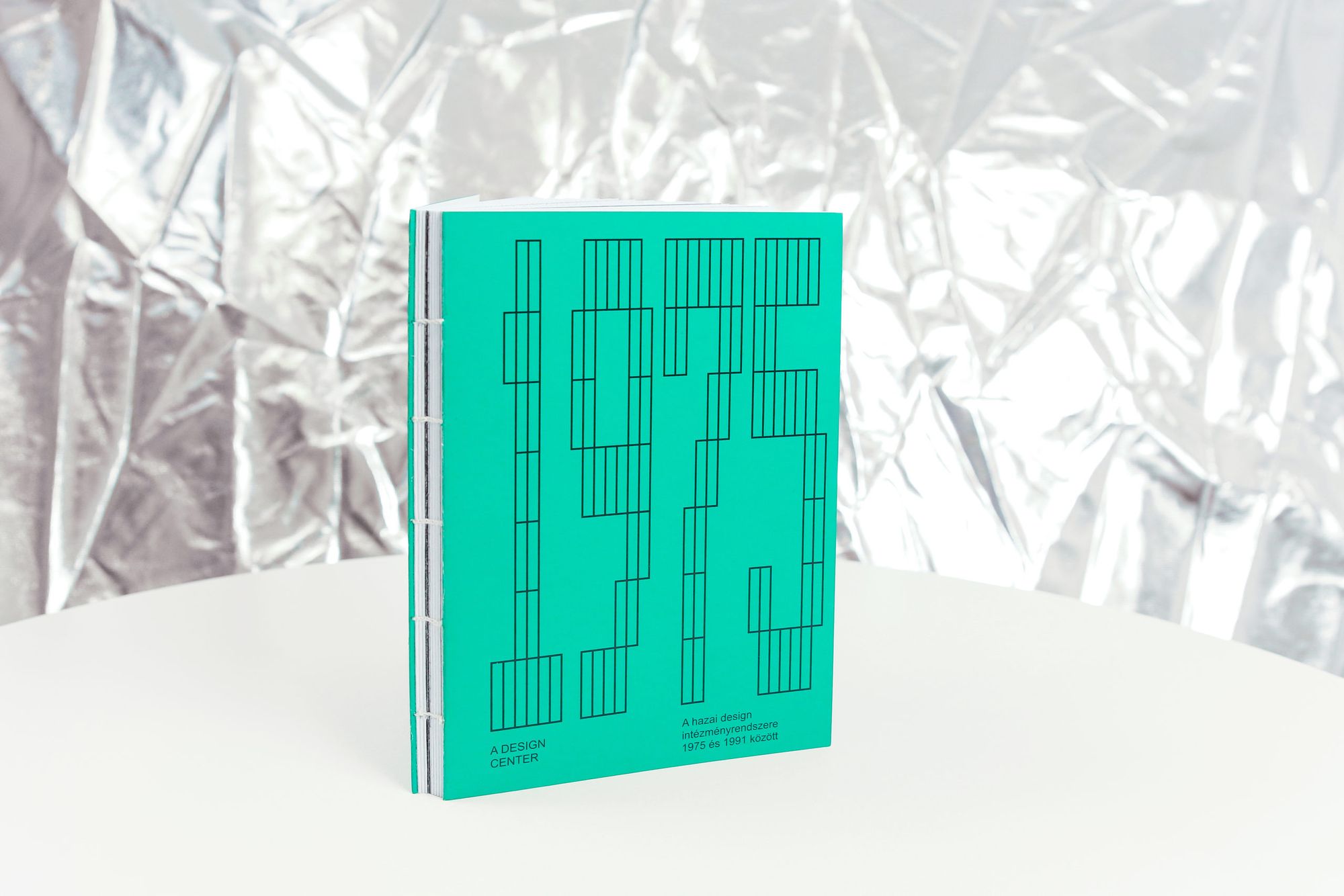In 2019, eight young designers and design theorists could participate in the six-month Moholy-Nagy László Design Grant, managed by the Hungarian Design Council and financed by the Hungarian Intellectual Property Office and the Ministry of Human Capacities. In the course of the program, they could implement their self-developed projects or projects developed in collaboration with manufacturers. Learn more about them here, on HYPEANDHYPER. Kitti Mayer – The Design Center. The institutional system of design in Hungary between 1975 and 1991.
Unfortunately, the exhibition presenting the works of the grantees scheduled to the end of March was cancelled due to the coronavirus epidemic. As a way of making up for this event and complementing the remarkable catalogue already published or “making it more alive,” we will present you their projects in the next eight weeks.
Kitti Mayer graduated from the department of design theory of Moholy-Nagy University of Art and Design in 2013, as a design theorist. In her thesis, she focused on plastic object culture, which she enjoyed a lot, therefore, she wanted to work for the Museum of Applied Arts or the Hungarian Museum of Trade and Tourism, but that’s not what happened. Her life took another direction: she started working at Design Terminal, where she learnt a lot, but writing and research had to take a back seat. However, she gained a lot of experience owing to Terminal. For three years, she also participated in organizing the “Ajándék Terminál” Christmas design fair, where she got to know many Hungarian designers. Of course, she published some reviews in art papers (e.g. Műértő, Artmagazin) and online magazines (e.g. Artportal) in the meantime, but many times she had the least time for these. She left Design Terminal after a little over three years, and today she works as a freelancer. She still works on the Ajándék Terminál project (only now it is organized by HybridArt Management instead of Design Terminal), and she also worked as a project manager for three years in the Design Week Budapest project.
“There are many fantastic topics that still need to be processed”
Kitti has always followed the Moholy Grant, she attended all the exhibitions of grantees in the past year and she also wrote about the grant several times, with Piroska Novák. But somehow she overlooked the fact that not only designers can apply for the grant, but theorists, too. She wanted to apply with an important and pivotal topic, but she knew that it was too big for one, so she teamed up with a former classmate, museologist Eszter Szőnyeg-Szegvári, because she was much more experienced in terms of research methodology.

“A central figure of our years spent at MOME was Mihály Pohárnok (he launched the famous Házgyári Konyhaprogram, too) who was the acting head of Design Center. Mihály celebrated his 80th birthday last year, and due to the anniversary, it seemed appropriate that we would cover his professional career. Mihály didn’t want this – he’s a much more humble person, he doesn’t like being in the spotlight. This way, advised by him and art historian József Mélyi, we shifted out focus to Design Center instead. Relatively little has been written about it in literature so far, so we decided to cover the story” – Kitti told us.
During the six months of the grant, Kitti thinks he got the most useful piece of advice from Gergely Hosszú (Co&Co), who said it’s important that they present the exciting side of this research, that “it be sexy.” And yes, a lot depends on presentation. That is why Kitti decided to ask de_form studio to design the publication – she knew that they will give a progressive image to this material similar to the one Design Center had, designed by László Zsótér.
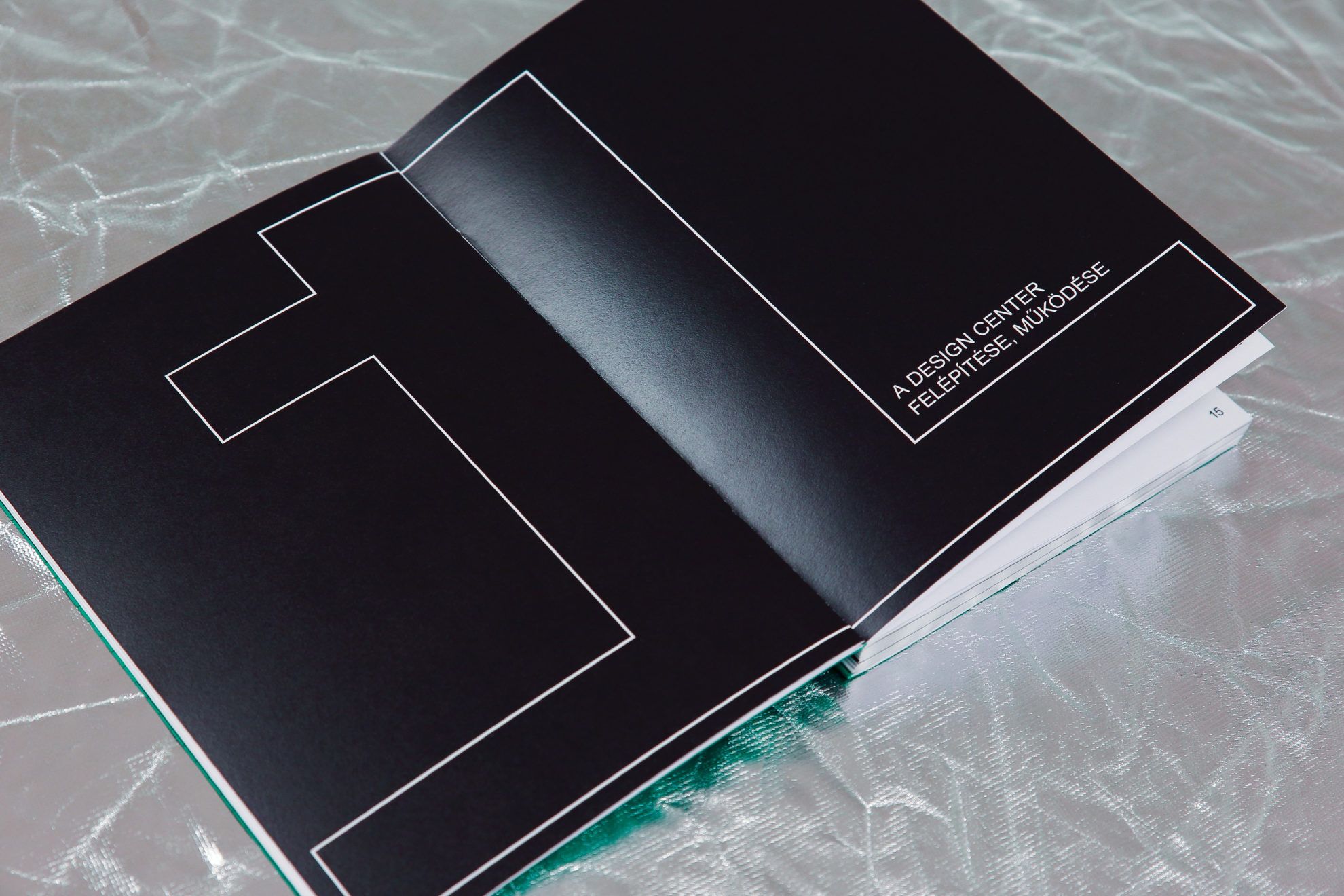
The design theorist told us that the six months were practically step zero to getting to know the story of Design Center and to outline the activity of the institution – it was only the tip of the iceberg, and she saw this at the very beginning. “The members of the grant committee realized that it was an important topic and so they gave us a free hand, but they also helped and encouraged us to further research the topic at the consultations. I recommend the Moholy grant to both design theorists and design managers, because there are not too many opportunities of the like in our profession. On top, there are many fantastic topics that still need to be processed and that shouldn’t be abandoned” – Kitti added.
The project – The Design Center. The institutional system of design in Hungary between 1975 and 1991.
The history of Hungarian design is inseparable from the history of Design Center, which operated between 1977 and 1991 as the first true organization of this sector. The institution had an invaluable significance in its era both in term of shaping public opinion and advocating for Hungarian designers both on a national and international level – yet no works have been made until this day that would examine the activity and social-economic importance of Design Center.
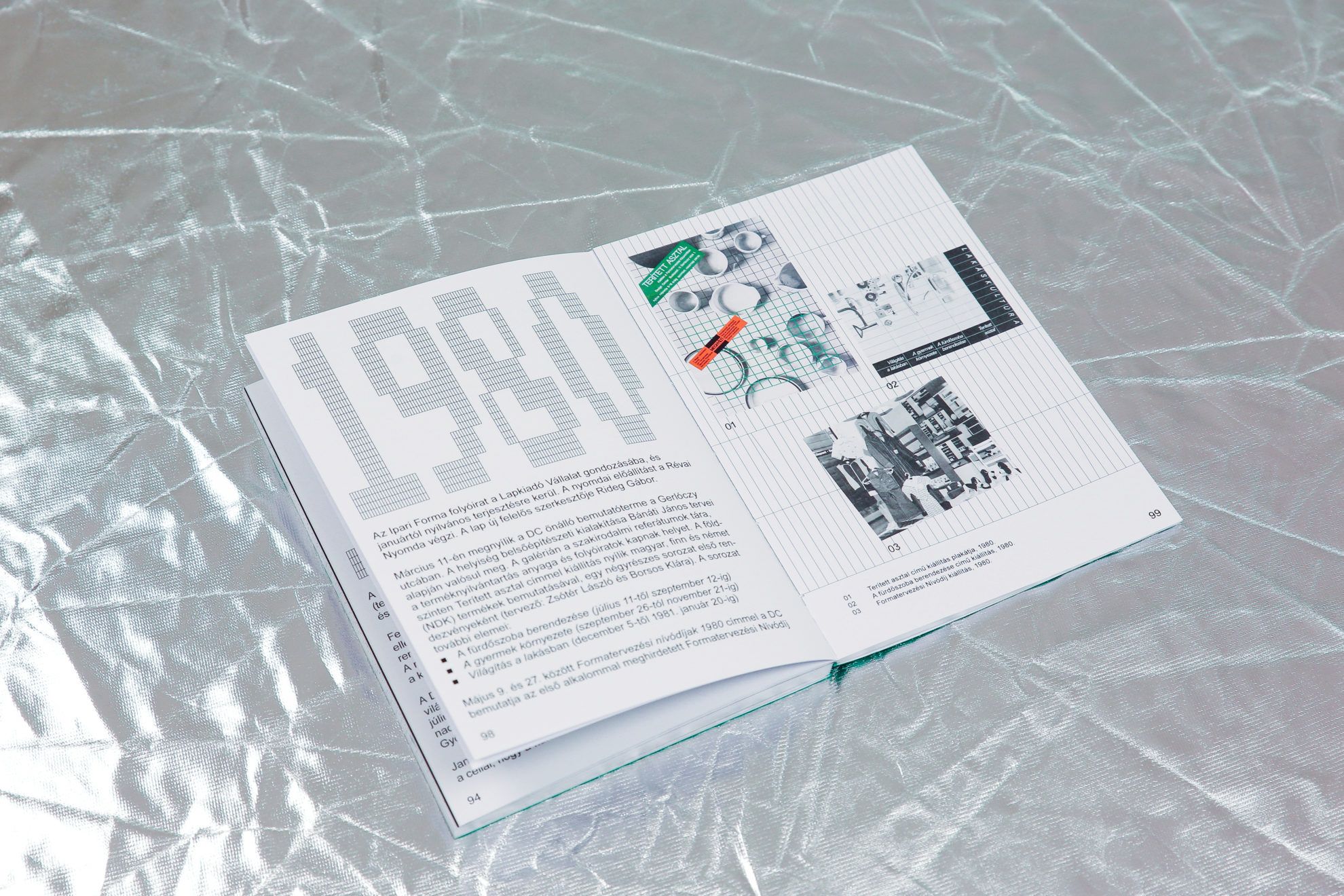
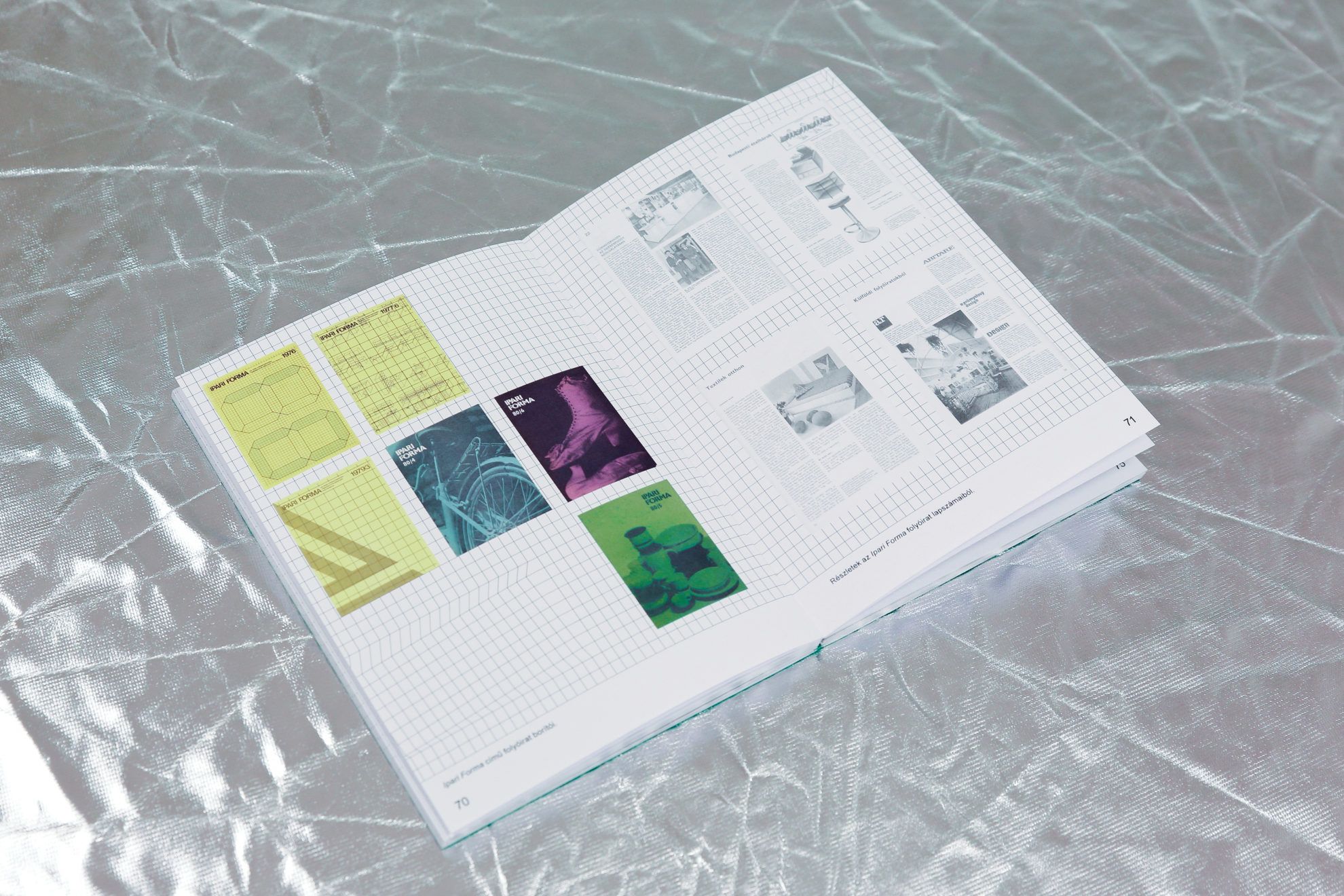
“This is why I decided to focus on the history of Design Center, because it is an important institution in Hungarian design history, but it was only included in a few studies so far. And on top, we could learn he history of Design Center by none other but Mihály Pohárnok, the former head of the institution – in a research like this, primary sources and the personal stories and memories of the people involved in the matter at the time are real treasures” – Kitti added.
Publications made at the time, interviews made with former colleagues and the research in the archives of the successor institutions of Design Center resulted in a study offering comprehensive view on the activities of the institution – from creating designer databases to organizing exhibitions and conferences, educational programs, publications as well as initiatives like the “Let’s Design Objects” call, the popularity of which at the time is simply unimaginable today.

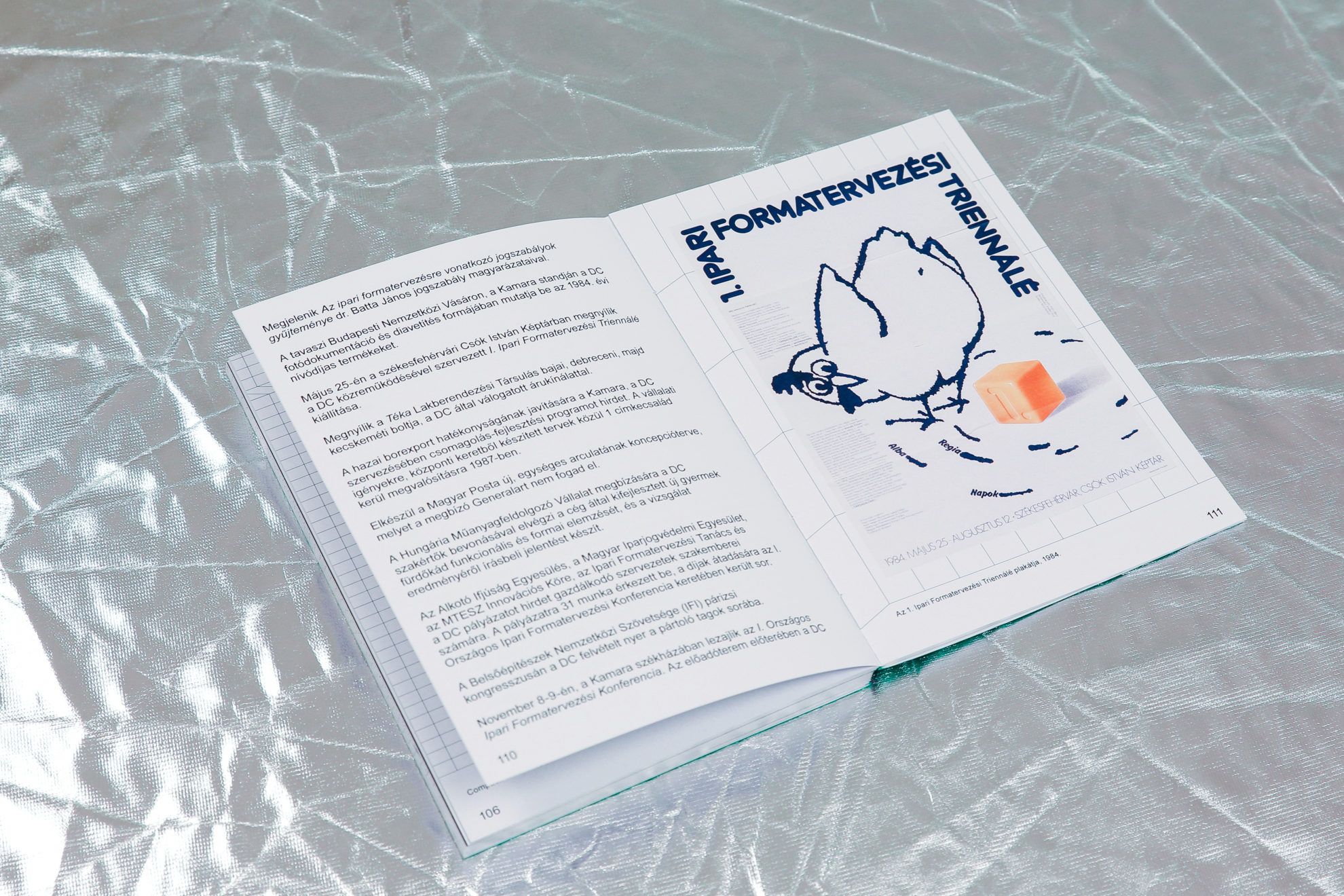

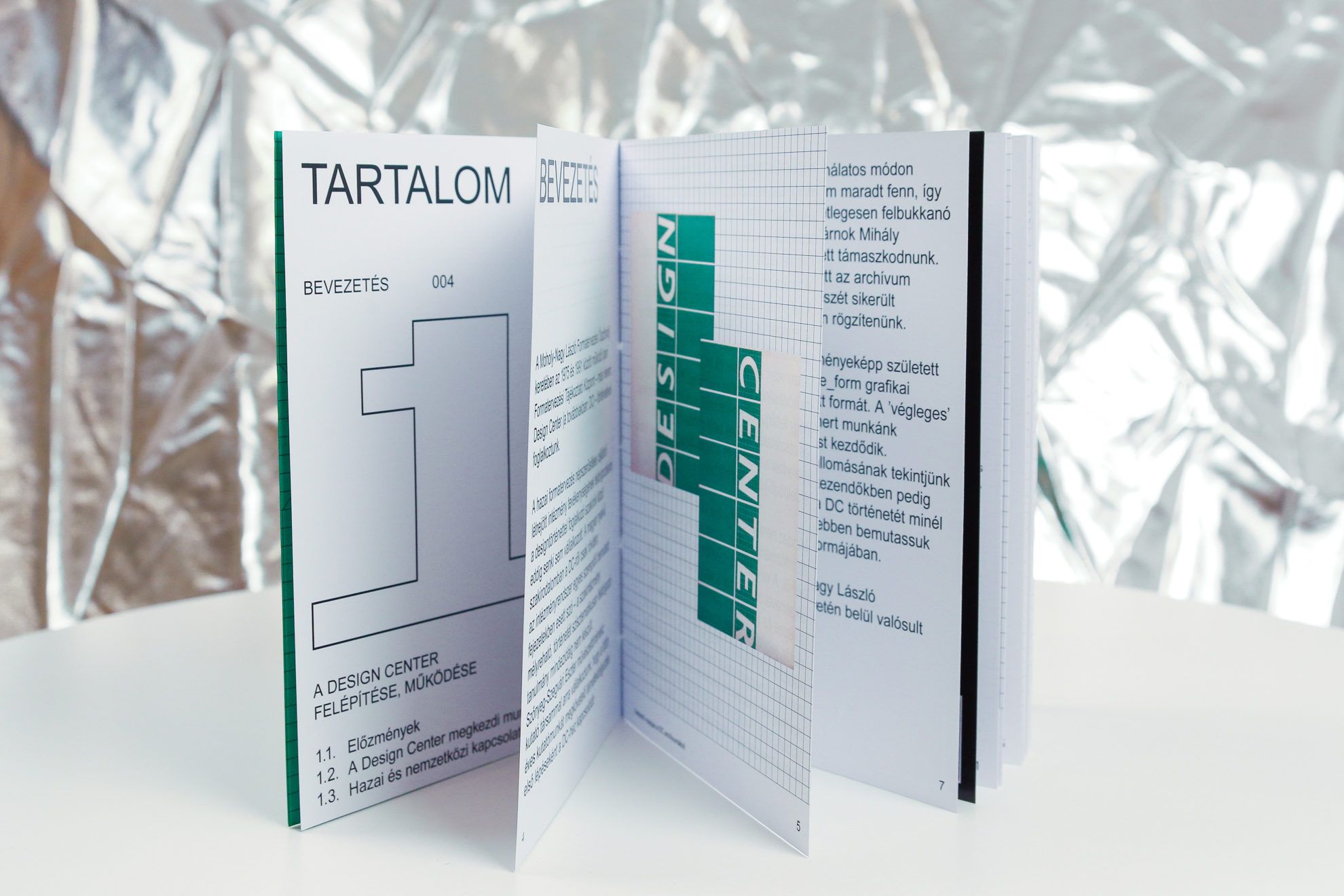
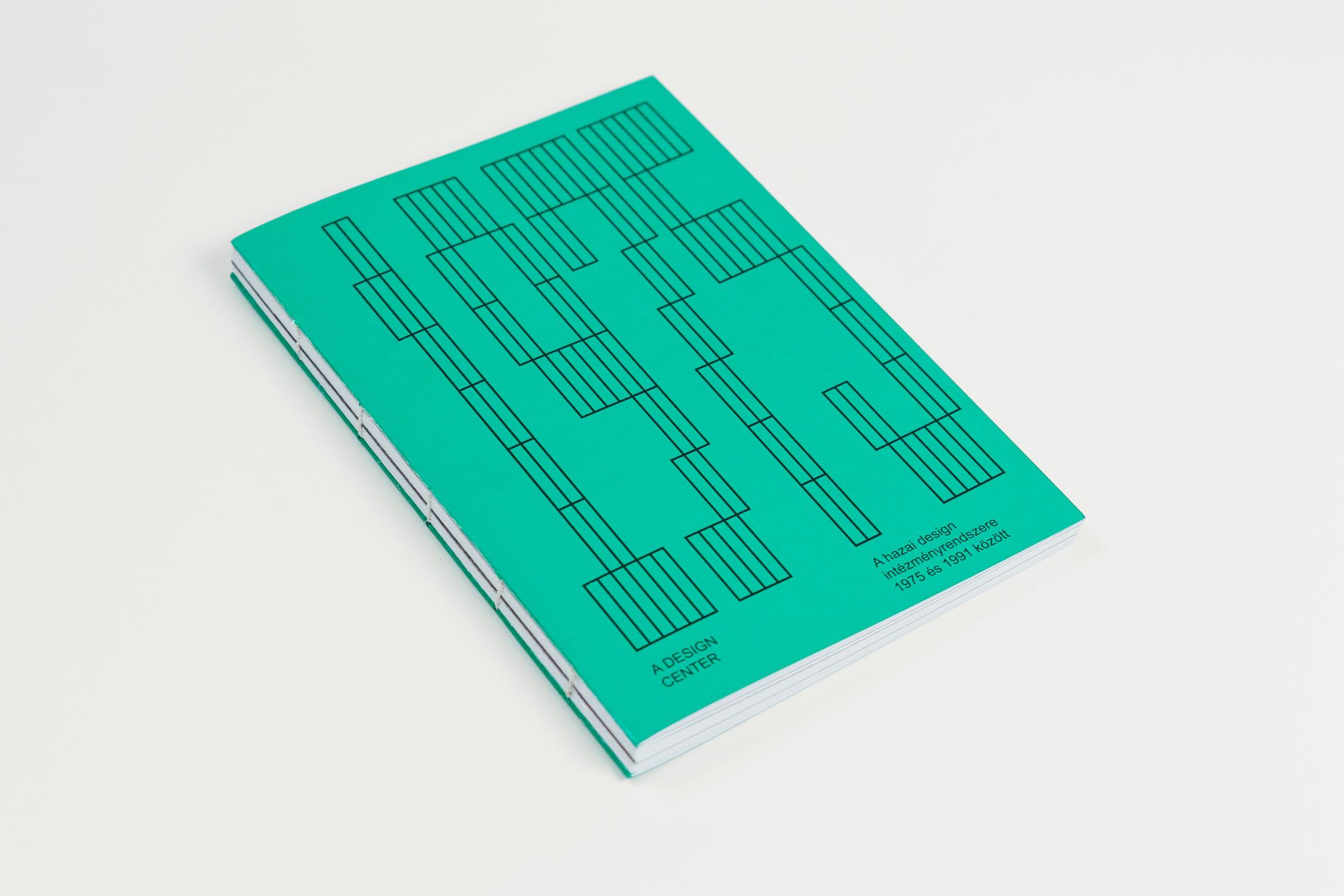
The aim of Design Center was to create a bridge between the cultural sector and economic decision-makers, to connect designers and manufacturers. Kitti already wrote about a successful collaboration of the like for the readers of HYPEANDHYPER magazine, regarding the the story of the Safari thermos, designed by József Gollob. The authors of the study will also tell us more about the versatile activities of Design Center in an article soon to be published, allowing HYPE readers to learn more fun facts about the institution.

The Lost Bridge

HIGHLIGHTS | Magazines and catalogues










